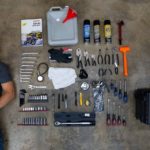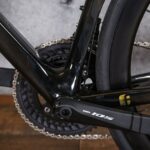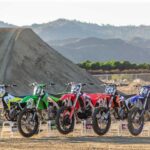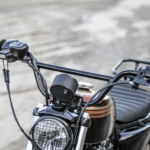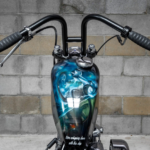If the stock bars on your bike aren’t doing it for you, then it’s time for a change. You don’t have to be too cramped or too stretched out. Instead, always go for comfort. And if you’re bored with the looks, then dozens of different handlebar styles can completely change your bike.
Before swapping out the bars, there are a few things to consider. While almost all bars will fit your motorbike, some may look out of place. For instance, cruisers and tourers let you get creative and there are more choices here, but for sports, adventure or motocross bikes you’ll be warier of size and fit than the style of the handlebars. Go for subtle changes from the stock bars, but ones that inspire more confidence and safety, as well as better handling. If they also look better, then that’s a bonus.
Choosing New Handlebars
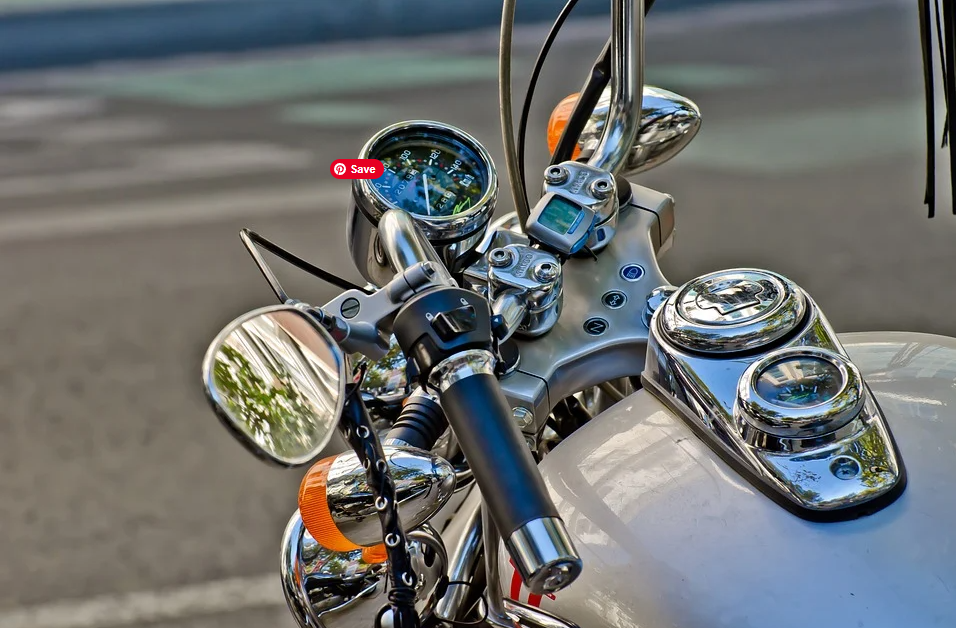
Diameter
Most stock motorcycle handlebars are 22mm in diameter and this is what fits the clamp. Bigger tourers and cruisers can have bars coming in at 25mm and fat bars are thicker except for the clamping area where they too measure 25mm. Check that your new bars fit the stock clamp, otherwise you’ll be shopping for an aftermarket clamp.
Widths
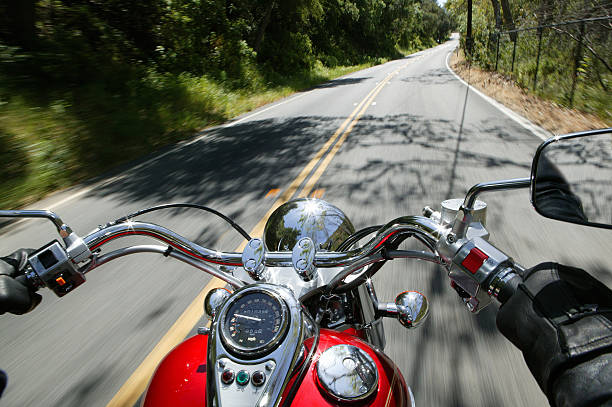
The width of the handlebars determines how far apart your arms will be when riding. This is the bar measured from one end to the other. Handlebars that are too wide or too narrow hurt balance at speed and make turning harder. As a rule, go for bars that are roughly the width of your shoulders.
Centre width is the distance of the handlebar in the part that fits the clamp and before the bends. Bars start at around 10cm and go up to 30 cm in overall centre width.
Rise
The rise or height of the bars, just like the width, affects how comfy you get. There are motorcycle handlebars that lay straight flat with the clamp, and those that rise 50cm or more. Having higher bars might look good on something like a cruiser, but bars that are too high cause cramps in hands and fingers even after shorter rides. If you like the feel of the stock bar, but need it set a little higher, then use handlebar risers. These are good for standard low bars, like tracker or flat bars and risers can be stacked one on top of the other to get the height you want.
Pullback and Sweep
The pullback is the angle at which the tips of the bars are set against the clamping area. Handlebars with more pullback let shorter riders get comfy on bigger bikes. Pull back risers gradually bring the bars closer to the rider and this means more flexibility when choosing different handlebar styles. Sweep is the angle at which the bar grips and wrists are angled towards the rider. Handlebars with no sweep can offer a bit more control in turns, whereas those will more sweep tend to be more comfortable.
Designs and Styles
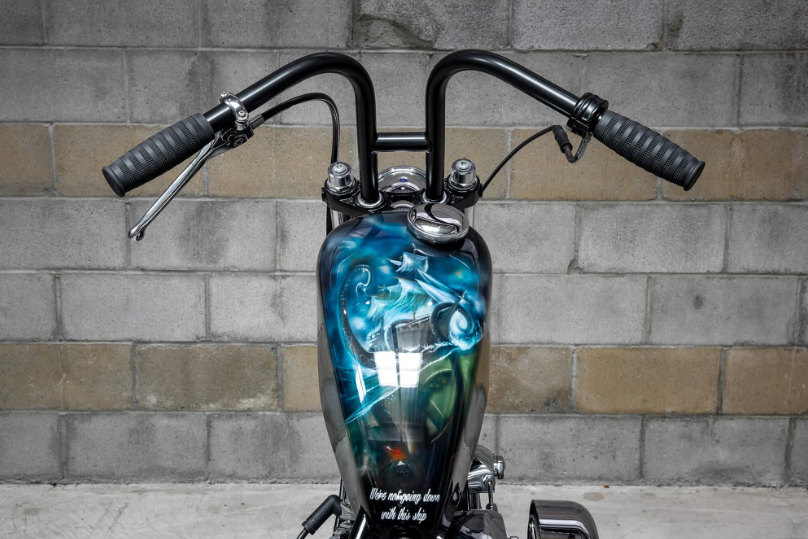
There are dozens of different motorcycle handlebars to choose from when it comes to style, design and looks. Some will be geared more toward a particular type of bike. Different styles will have differences in the centre width, rise, pullback and sweep so apart from looking unique, they will also determine riding style and overall comfort levels.
Typically, low bars are clip-ons that do away with clamps and instead fit directly onto the forks. You’ll often find these stock in sport and supersport bikes and with a low riding position. Going a bit higher brings you to flat, drag, tracker and moto bars that are fitted to stock adventure, enduro and motocross bikes, as well as some naked and café racers. The riding position is a little more laid back than with clip-ons and there’s the needed control when changing direction, so these focus more on handling. If you’re looking for lower handlebars for shorter cruisers, tourers and street bikes, try out clubman, keystone, buckhorn, Zed or moustache bars. They have a more pronounced pullback and look good without the overbearing appearance of bars set higher.
Higher bars also tend to be wider, but will have more pullback and sweep. Apehangers are the quintessential high motorbike handlebar, often having between 30 to 40 cm rise, so also have some presence to them. Other high bars include T-bars, H-bars, Window and Breezer bars and you’ll see these in big Harleys, Indians and Japanese and European cruisers, choppers and tourers. More metal means more weight, and higher bars will often have knurling in the centre width to keep bars steady and to better grip with the clamp.
Handlebar Accessories
Getting the handlebars you like is one thing, having them fit with stock parts is another. If the stock wiring for the controls is too short for the new bar, there are replacement cabling and extension kits for the throttle, brakes and clutch. You can also internally wire the cabling on older bikes with dimpled bars. Bikes with throttle-by-wire controls have notches in the grips, so double-check the type of throttle of the bike. Lastly, consider comfort additions if you do more miles, like heated grips (with the appropriate wiring) and handguards for rougher conditions.

